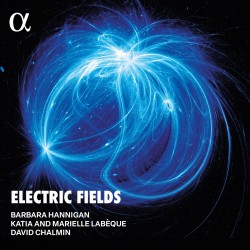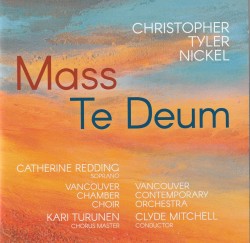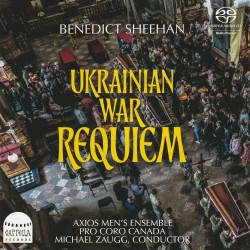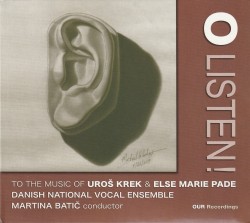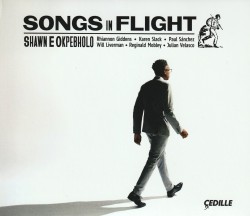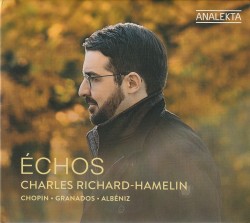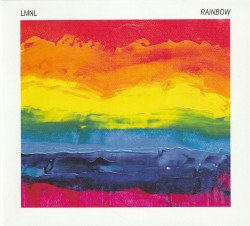Rufus Wainwright: Dream Requiem - Meryl Streep; Anna Prohaska; Maitrise, Choeur and Orchestre Philharmonique di Radio France; Mikko Franck
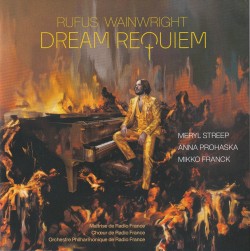 Rufus Wainwright - Dream Requiem
Rufus Wainwright - Dream Requiem
Meryl Streep; Anna Prohaska; Maitrise, Choeur and Orchestre Philharmonique di Radio France; Mikko Franck
Warner Classics 5021732500601 (warnerclassics.com/release/dream-requiem-rufus-wainwright)
Rufus Wainwright’s Dream Requiem was surely made for this moment – even though the Canadian composer, pop songwriter and singer wrote it during the throes of COVID. We feel a sense of foreboding right from the beginning, when the narrator tells us, "I had a dream, which was not all a dream.” With that, we are plunged into the nightmare of Lord Byron’s aptly named poem, Darkness.
A Requiem deals with loss. Yet what’s described is total annihilation. Wainwright artfully transcends the utter devastation by layering sections of the Latin Mass for the Dead into Byron’s apocalyptic poem. Hope comes in the final section, the In Paradisum, when the sublime children’s choir offers the consolations of eternal rest.
Wainwright’s musical language here is not the most daring. But it is imaginative, personal, and highly expressive. Sumptuous melodies, catchy rhythms, rich harmonies – all inescapably Wainwright’s.
Conductor Mikko Franck calibrates the huge forces for both expressiveness and clarity. Soprano Anna Prohaska soars with the exquisite presence of a divine spirit, while the dramatically charged choir honours Wainwright’s deep connection to the words.
Actor Meryl Streep catches every nuance in Byron’s text. Her sober narration reins in Wainwright’s heart-on-sleeve romanticism – that is, until the Dies Irae. Streep, as the voice of retribution, tears through it in a frenetic, virtuosic tour de force.
Wainwright is undoubtedly better known for his singing and songwriting than his classical compositions. But Dream Requiem should be heard.


